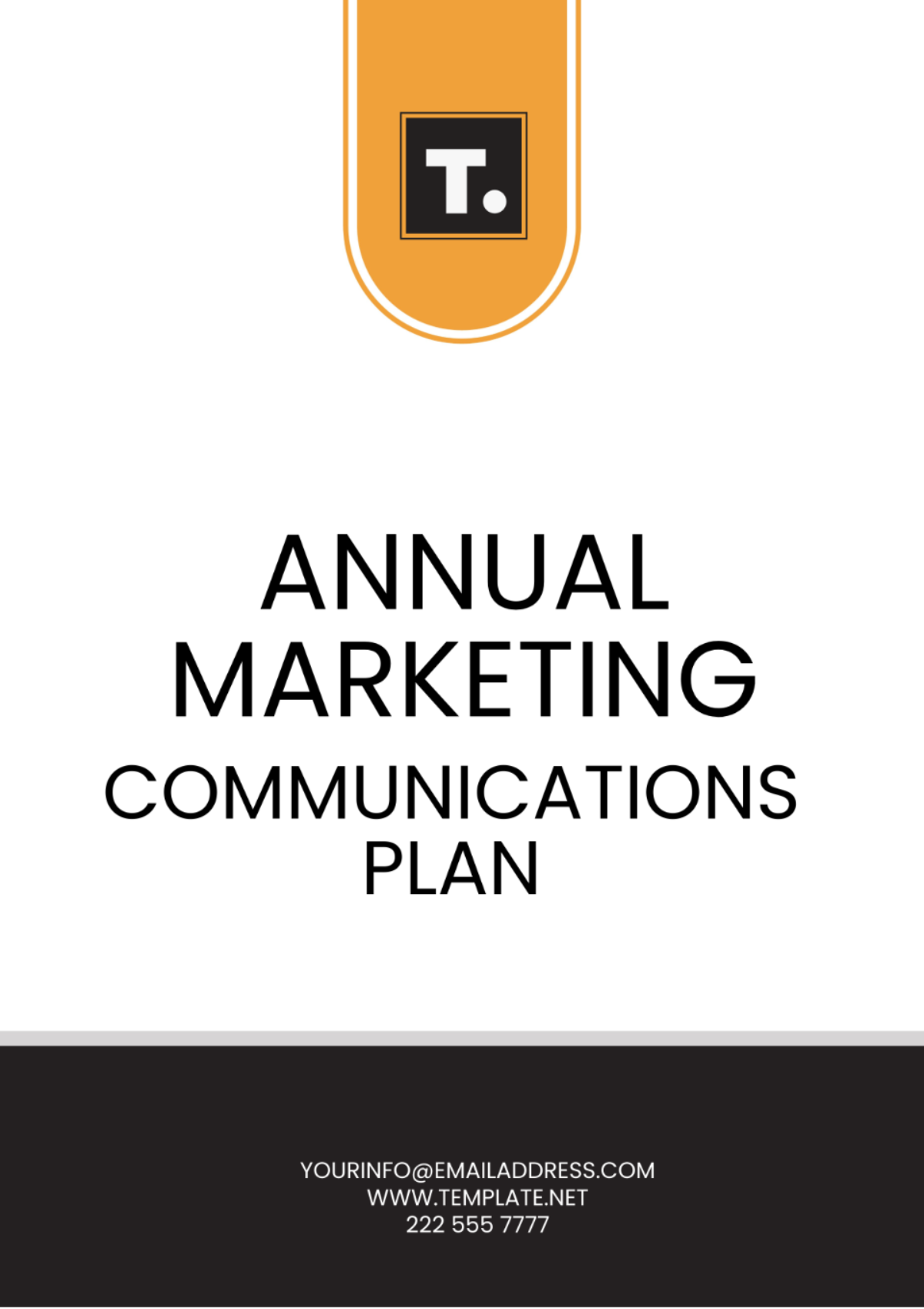Free Communication Skills Improvement Plan
The Communication Skills Improvement Plan Template from Template.net is fully editable and customizable to enhance your communication abilities. Tailor the plan to focus on specific areas of improvement, from listening to articulation. Editable in our AI Editor Tool, this template provides a flexible, personalized approach to mastering effective communication skills for professional success.





